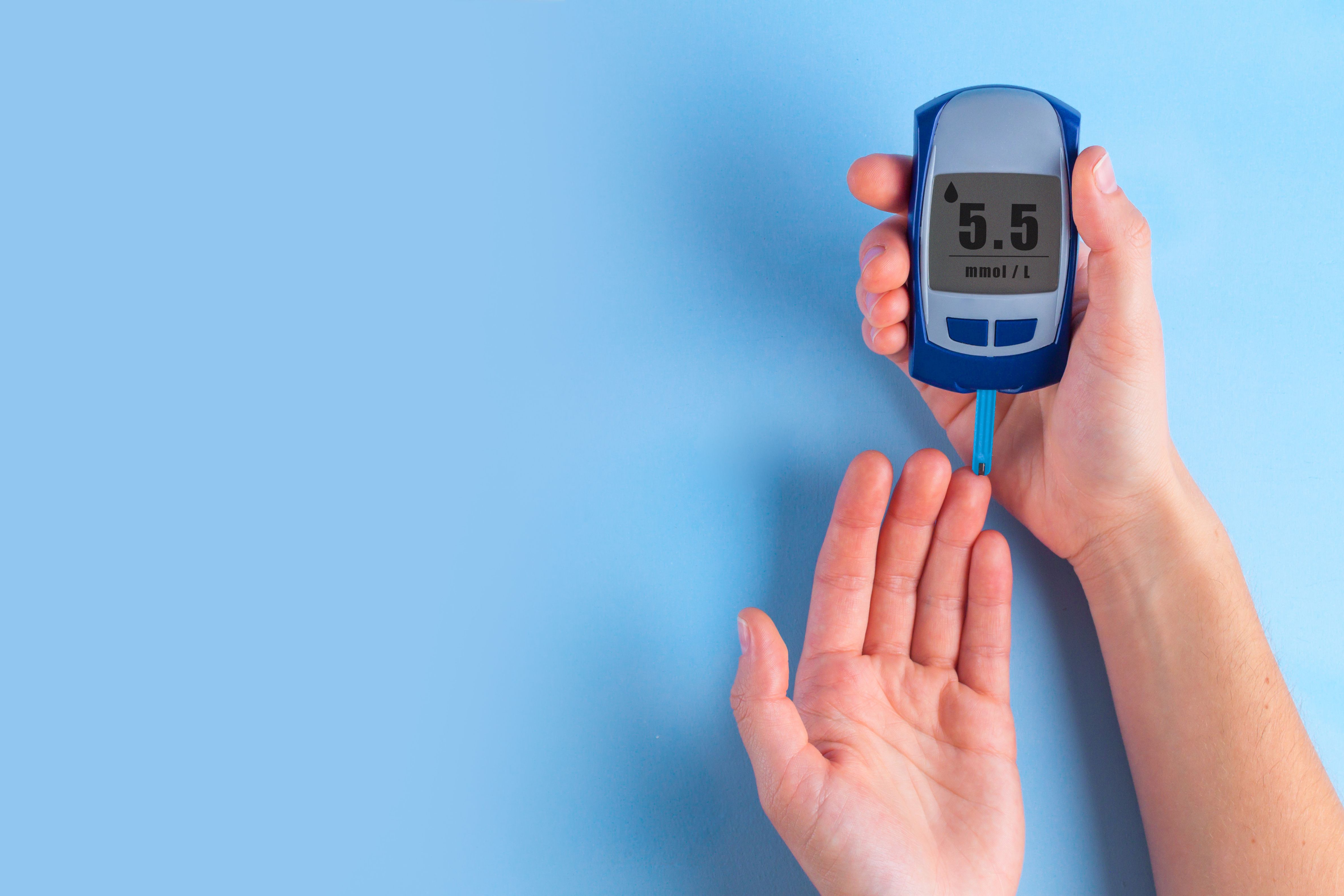Cognition among individuals with type 1 diabetes (T1D) was slower when glucose levels were atypical compared with the individuals' usual levels, according to results of a study by investigators from McLean Hospital and Washington State University. Additionally, investigators found that some individuals were more susceptible to cognition effects associated with large glucose fluctuations than others.1
“Our results demonstrate that people can differ a lot from one another in how their brains are impacted by glucose,” Laura Germine, PhD, director of the Laboratory for Brain and Cognitive Health Technology at McLean, said in the press release. “We found that minimizing glucose fluctuations in daily life is important for optimizing processing speed, and this is especially true for people who are older or have other diabetes-related health conditions.”1
Investigators included 200 adults from the Mayo Clinic in Rochester, Minnesota; State University of New York Upstate Medical University; University of Pennsylvania; and Advent Health in Orlando Florida. Individuals were aged 18 years and older, diagnosed with T1D for over a year, and had 24-hour access to a smartphone with reliable internet connection. Individuals completed an initial clinic visit and had a collection of baseline cognitive data.2
Digital glucose sensors and smartphone-based cognitive tests were used to collect glucose and cognitive data. Glucose data were collected every 5 minutes and cognitive data were collected 3 times per day for 15 days.1
Investigators found that cognition was impaired when glucose was either higher or lower than usual, and affected processing speeds but not the individual’s sustained attention, according to the study results. Further, the study authors reported that individuals who had high vulnerability and glucose levels 1 standard deviation below the mean glucose levels experienced 0.76 ms and 3.24 ms slower reaction time in sustained attention and processing speeds, respectively, compared to those with low vulnerability. When the glucose levels were 2 standard deviations below the mean, individuals with high vulnerability responded at 1.8 ms and 9.30 ms slower, respectively, compared to those with low vulnerability to glucose functions.1,2
Key Takeaways
- Thinking speed was slower when blood sugar levels were higher or lower than a person's usual levels.
- Some people experience greater thinking slowdowns with blood sugar swings than others, especially older adults or those with other diabetes complications.
- Peak cognitive performance was associated with blood sugar levels slightly above a person's normal range, but further increases led to a decline.
Further, investigators found that the individuals’ peak cognitive performance coincided with glucose levels that were slightly above the normal range, but as glucose levels continued to rise, performance did drop off, according to the results.1 They found optimal performance occurred, on average, at 0.72 deviations above the individuals' glucose means and was associated with a 0.57% performance gain.2
“This was an important finding because people with diabetes often report feeling better at a glucose level that is higher than what is considered healthy,” Naomi Chaytor, PhD, a professor and department chair in the Washington State University Elson S. Floyd College of Medicine, said in the press release. “It could be that your brain habituates to a glucose level that it is used to. So, a next step in this research is to see whether the glucose level associated with peak performance shifts down into the normal range when the amount of time spent above range is reduced, which can be achieved through use of automated diabetes management systems.”1
References
Glucose levels affect cognitive performance in people with type 1 diabetes differently. News release. EurekAlert. March 18, 2024. Accessed March 28, 2024. https://www.eurekalert.org/news-releases/1037744
Hawks ZW, Beck ED, Jung L, et al. Dynamic associations between glucose and ecological momentary cognition in Type 1 Diabetes. NPJ Digit Med. 2024;7(1):59. doi:10.1038/s41746-024-01036-5






